1. Wood chipboard
Wood chipboard is a commonly used under-floor sound insulation material. It is cheap, easy to install, and can effectively block the transmission of sound. However, wood chipboard has a low density and is easily damaged and causes mould growth when exposed to humid environments. At the same time, its sound insulation effect is slightly weaker than other materials.
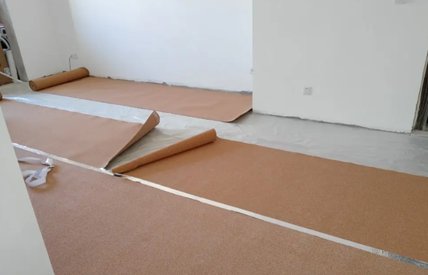
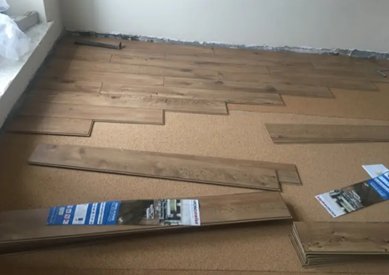
2. PVC foam material
PVC foam material has good sound insulation and heat insulation properties, as well as waterproof and moisture-proof properties. The material is pressure-resistant and wear-resistant and has a long service life. However, PVC foam materials need to be handled carefully when laying to avoid gaps that affect the sound insulation effect.
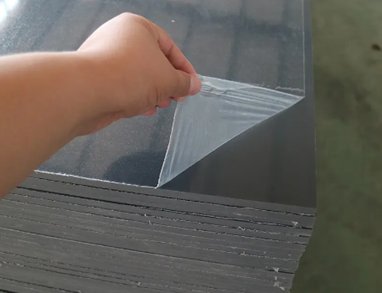
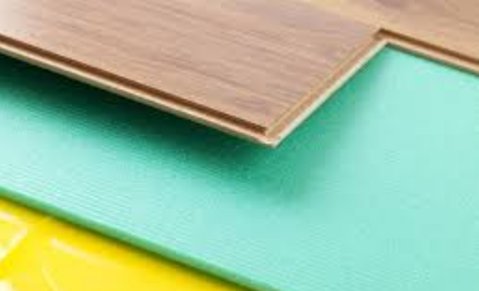
3. EPE foam
EPE foam is another commonly used sound insulation material under the floor. It is soft, lightweight, tough and has a good sound insulation effect. Because EPE foam has good sealing properties, it is easy to breed mould when exposed to moisture. You need to pay attention to maintaining a dry environment when using it.
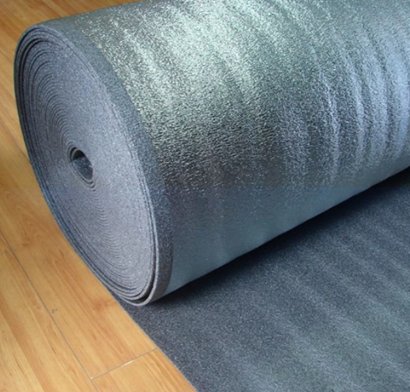
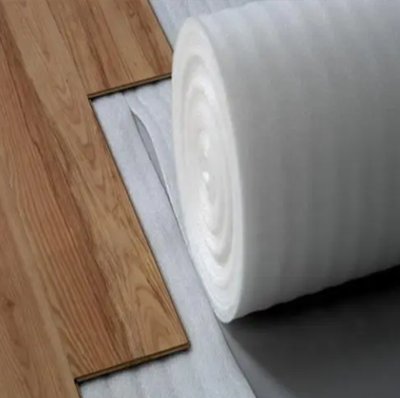
4. Graphite composite materials
Graphite composite material is a new type of underfloor sound insulation material developed in recent years. It is made through a composite process of a graphite layer and a polymer layer. This material has excellent sound insulation effect, long service life, moisture-proof, waterproof and other advantages, and the price is slightly higher than other materials.


5. Plastic honeycomb panel
Honeycomb sound insulation board is a new type of sound insulation material that has become more and more widely used in the sound insulation industry in recent years. It has a large amount of sound energy in the damping layer. The honeycomb structure converts and consumes sound waves, which dramatically reduces the transmission amount. The sound transmission coefficient is low and the sound insulation amount is greatly reduced. promote. At the same time, the composite structure with polymer damping materials can play the role of decoupling and damping, greatly weakening the matching effect between the board and the system, and significantly improving the sound insulation.



